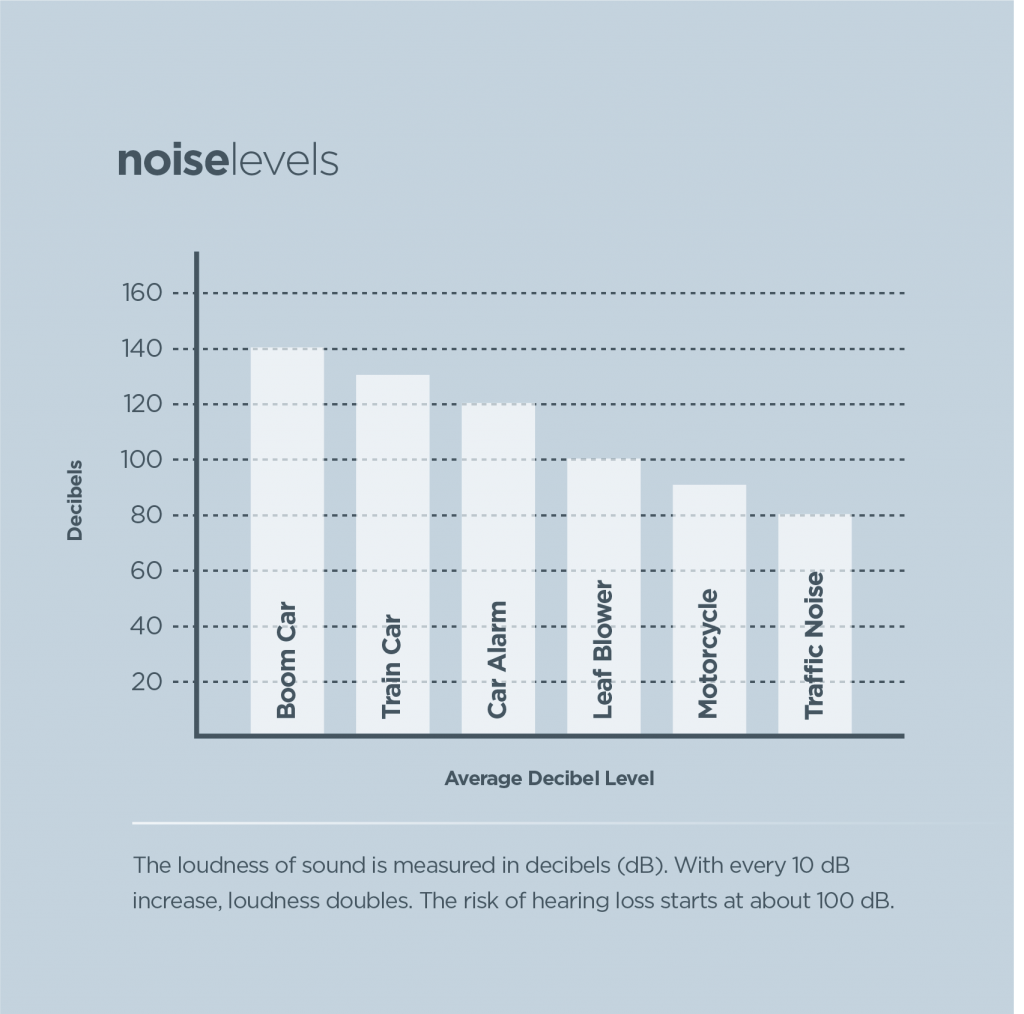Grasp The Crucial Stress Cleaning Methods Adjusted For Each And Every Surface Type To Make Sure Magnificent Outcomes-- Unveil The Secrets To A Smooth Finish
Grasp The Crucial Stress Cleaning Methods Adjusted For Each And Every Surface Type To Make Sure Magnificent Outcomes-- Unveil The Secrets To A Smooth Finish
Blog Article
Web Content Writer-Stone Keating
When it pertains to push washing, the strategy you select can make all the difference in accomplishing a tidy, streak-free finish. You could locate that hard surfaces, like concrete, need a various approach than softer materials, such as timber or vinyl. It's necessary to adjust your techniques to the surface type to stop damage while optimizing cleaning efficiency. So, what are the most effective strategies for each and every surface, and how can you ensure you're utilizing the appropriate setups and tools for the work? Allow's explore what you need to know to get the most effective results.
Difficult Surface areas
When it pertains to pressure washing tough surfaces, preparation is vital. Before you also consider pulling out the stress washer, make the effort to get rid of the area of any type of debris, furnishings, or challenges. You don't want anything getting in your way or potentially damaging your equipment.
Next off, examine window cleaning for any splits or damages; this will certainly help you establish the ideal approach and stress settings.
Once you have actually prepared the location, it's vital to select the appropriate nozzle. For tough surface areas like concrete or block, a narrow nozzle (15 or 25 degrees) works best to provide a concentrated stream of water that can properly get rid of grime and stains. Always start at a distance and gradually relocate better to prevent any surface damage.
As you start washing, keep the stick moving to stop touches and over-saturation. click the up coming web site 's additionally useful to function from the top down, enabling dirt and debris to remove naturally.
Lastly, bear in mind to wash the surface completely after cleaning to get rid of any leftover cleaning agent. With these techniques, you'll achieve a clean and refreshed appearance on all your tough surfaces.
Soft Surfaces
Pressure cleaning soft surfaces calls for a gentler method to secure them from damages. Whether you're cleaning your deck, patio furniture, or exterior siding, using excessive stress can bring about damages, scrapes, and even permanent damage.
Begin by picking a low-pressure nozzle, ideally a 25-degree or wider spray pattern, to spread the water extra gently.
Prior to you begin, it's important to pre-treat any kind of discolorations with an appropriate cleansing option. This action enables the cleaner to pass through the dirt and crud, making it simpler to get rid of without rubbing as well hard.
Always apply the option from all-time low as much as stop streaking.
When you begin pressure washing, keep a distance of a minimum of 12 to 18 inches from the surface. Move your stick in a sweeping movement, keeping it alongside the surface area to prevent focused stress on one spot.
Wash the location extensively after cleaning to get rid of any recurring cleanser.
Last but not least, inspect the surface area for any type of missed areas and duplicate the procedure if needed. By complying with these steps, you can successfully tidy soft surface areas while maintaining their honesty and look.
Specialty Surfaces
Cleaning up soft surfaces requires care, yet specialized surfaces require a lot more interest to detail. When you tackle these surfaces, like fragile timber, tarnished concrete, or specific types of siding, using the ideal pressure cleaning strategies is critical to prevent damages.
Initially, analyze https://building-cleaners-near-me19764.blogdun.com/33279402/explore-the-advantages-of-engaging-specialist-window-cleansing-services-for-your-house . For instance, dealt with wood can commonly withstand modest pressure, however softer woods like cedar may require a reduced setup. Constantly start with the lowest pressure and slowly enhance if required.
For tarnished concrete, make use of a fan spray nozzle and keep a regular range to prevent engraving the surface area.
When dealing with surface areas like plastic house siding or painted surface areas, a wide spray pattern helps disperse the pressure evenly, protecting the coating.
It's also a good idea to utilize cleaning agents particularly designed for specialized surfaces. They can enhance cleaning without jeopardizing the material.
Wash thoroughly after cleaning to remove any type of deposit, as it can result in discoloration or wear and tear gradually.
Conclusion
To conclude, mastering pressure cleaning techniques for different surfaces can make all the distinction in your cleansing results. For difficult surfaces, stick to slim nozzles and a top-to-bottom technique, while soft surfaces need a gentler touch with broader nozzles. Do not fail to remember to pre-treat discolorations and wash thoroughly to stay clear of deposit. By adapting your methods to each material, you'll not just accomplish a cleaner surface yet likewise safeguard the stability of your surfaces. Happy cleansing!
